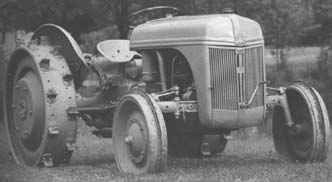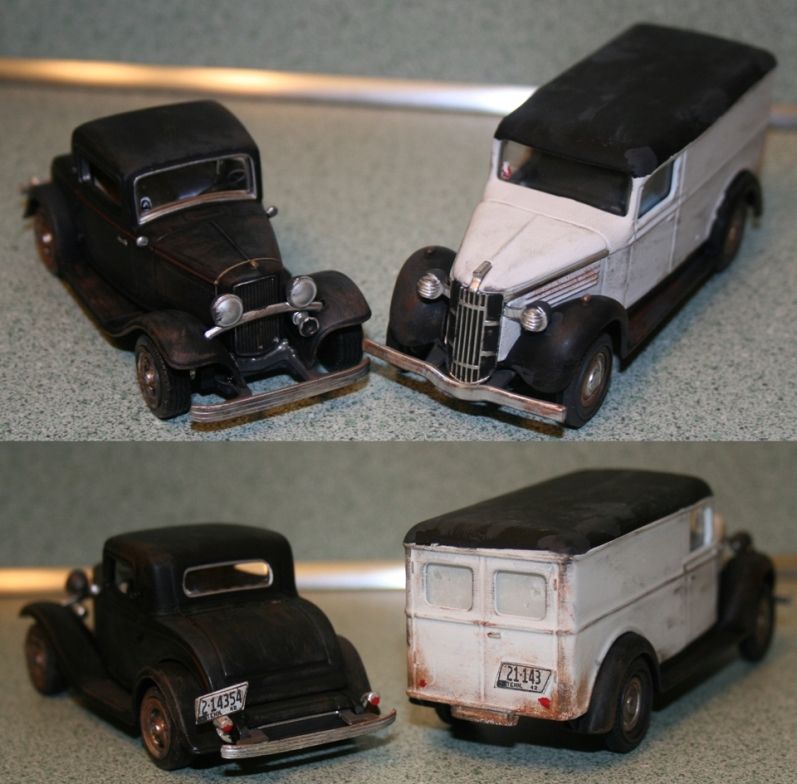p51
One Too Many
- Messages
- 1,119
- Location
- Well behind the front lines!
I'm currently gathering stuff together for my model train layout that will take place in Eastern Tennessee in 1943 and I've decided I need either a tobacco or corn farm along a portion of the tracks as the area I'm modeling had a lot of farming (and still does).
The area was financially depressed after WW1 (and some would argue it never rebounded), so everything was real 'bare bones' in that area.
I was wondering how common farm tractors would have been in that place and time? How did gas rationing affect larger farms? Would horse-drawn plows have been more common or did farmers even have tractors much in use in that era? I've found a nice scale 1935 tractor model I'd like to use, but not if it wouldn't have been a common sight...
The area was financially depressed after WW1 (and some would argue it never rebounded), so everything was real 'bare bones' in that area.
I was wondering how common farm tractors would have been in that place and time? How did gas rationing affect larger farms? Would horse-drawn plows have been more common or did farmers even have tractors much in use in that era? I've found a nice scale 1935 tractor model I'd like to use, but not if it wouldn't have been a common sight...






